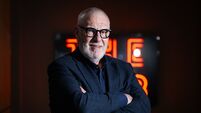Putting Paddy the Irishman in the frame: 'We wanted to challenge the stereotype'
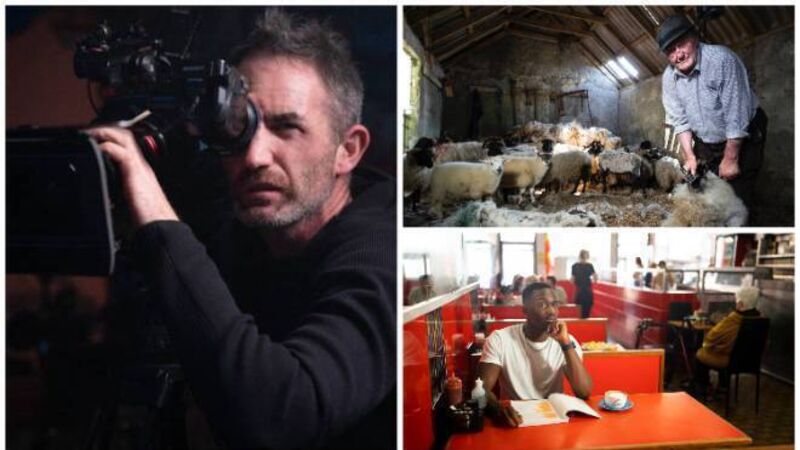
Clockwise: Ross O'Callaghan, the man behind the Paddy Irishman Project; Paddy Liam O'Brien, sheep-shearer; Paddy Martins, actor
Ross O’Callaghan is a cinematographer who has visited more than 100 countries in the past twenty years. Wherever he has been, the one thing that has always riled him is being labelled a Paddy, a term that stereotypes Irishmen as inebriates and boors.
“Take America,” he says. “If you were arrested, you’d be taken away in a Paddywagon. And why was that? It was because the wagon was usually full of drunk Irishmen. And for a long time, that was a stereotype that many Irish people who went to America felt they had to conform to.”
The same was true of the UK, where emigrants looking for a boarding house in the 1950s and ’60s were often met with signs reading: 'No dogs. No blacks. No Irish'. That kind of discrimination might seem like a thing of the distant past, but even today, says O’Callaghan, “someone in the UK will ask you, did you have a Paddy? As in, were you having a tantrum?”
O’Callaghan - whose credits include filming Hector Ó hEochagáin’s travel series for TG4 - has seen for himself that the real Paddies of this world are a diverse bunch, with myriad talents and accomplishments. His determination to challenge the stereotype has given rise to the Paddy Irishman Project, for which he has photographed fifty men – from all walks of life - whose name just happens to be Paddy.
The Paddy Irishman Project will be hosted at three separate venues in New York, beginning at the Lume Gallery in Tribeca. “There’s a massive room, and all these images will be projected around it. The room can accommodate 150, and it’s like you’ll be in the pictures with these Paddies. After that, the images will be shown at Pershing Square, outside Grand Central Station, and then there’ll be a classical exhibition of framed prints at the Irish Centre in Queens. It was always my hope to do this in New York. No one celebrates St Patrick’s Day like they do over there.”
O’Callaghan is particularly excited about his work being shown at Pershing Square. “I’m really honoured, as I’m the first Irish artist to be shown there,” he says. “Pershing Square is right in the shadow of Grand Central Station, and about 58,000 people pass through every morning and evening. We’re going to display 6’ by 5’ dibond prints of 24 of our Paddies on these big plinths for seven days. They’ll be QR-coded, and as people go by, they can click on the code and they’ll be brought to the Meet the Paddies page, where they can read and hear their stories.”
All this is the culmination of two years’ work since O’Callaghan put out an open call for Paddies on St Patrick’s Day 2021. “Within a week, we had 500 Paddies who wanted to be a part of it. So it wasn’t just me thinking this was going to be a good idea. There were all these Paddies out there who wanted to get their stories out, to challenge the stereotype. The hardest thing was to whittle the submissions down to 50.”
The Paddy Irishman Project is a not for profit endeavour, a labour of love that has consumed most of O’Callaghan’s free time and resources. “Most of my work is in commercial television, so it’s taken me completely out of my comfort zone, which is a good thing. But I felt obliged and under a bit of pressure to make sure I got great photographs of these guys.
"After all, they were giving me their time and commitment. I’ve been director of photography on big projects, big reality shows and the like, and with all that pressure on board, I’ve always slept like a baby. But when I had to photograph one of our Paddies the next day, I’d be awake half the night thinking and worrying.”
The Paddies who volunteered to be photographed had all sorts of backgrounds. “There was Dr Patrick Kavanagh, an astrophysicist who was on the team that designed the infrared module on the new web telescope. When someone like that turns up, you kind of go, hang on a second, he’s definitely not your stereotypical Paddy Irishman.
“And then, last Friday, I got a call from a girl in the refugee centre at City West. There’s a lady out there, Alexandra, who came over from the Ukraine when she was eight months pregnant. She had her baby in the Coombe, and she named him Patrick as a thank you to the Irish people. That’s our new Paddy, and he’s six months old.”
O’Callaghan hopes the Paddy Irishman Project will have other outings, both abroad and in Ireland, and in the meantime he will keep expanding on it. “You can get out of this what you want,” he says, “but if you go into the background of these pictures, into the history of these Paddies, you’re going to open up a whole history of where we are, and hopefully where we’ll be in the future.”
- Further information: paddyirishmanproject.com
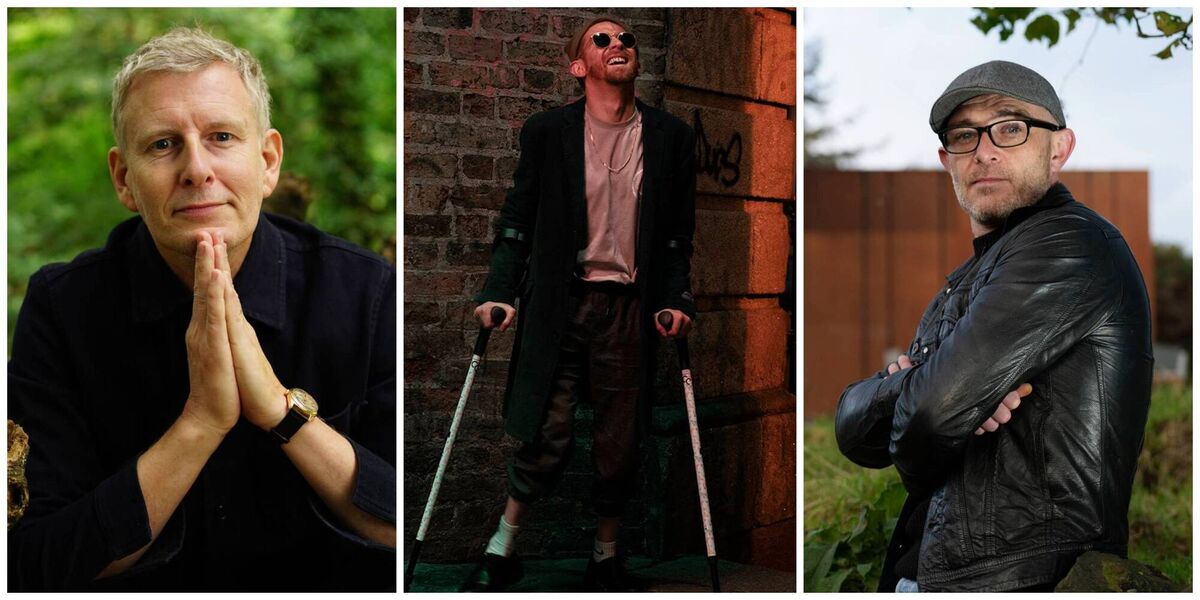
“Paddy Bradley was the first. I was filming a Grand Designs programme for Channel 4, up in Derry, and I had the idea for the Paddy project in my head when I met him. Paddy built this wonderful construction in a field on his father’s farm out of four 45-foot shipping containers for Grand Designs.
“In the morning, he goes out and tends to the cows grazing around his home, and then he goes back in to this plush architect’s office and he deals with these massive projects. As I was driving home, I was thinking, they talk about this Paddy thing all over… so he was the trigger, really."
“Paddy Martins is the bloke who broke the mould. He’s the first black Irish actor to ever take the lead at the Abbey, in An Octoroon. He immigrated from Uganda with his family when he was five. Now he’s an up and coming star in the acting game. He’s one of those guys that you’re going to be seeing an awful lot more of.
“I shot him in Fusco’s chipper on Meath St in the Liberties, another institution in Dublin. The interior hasn’t changed since 1972. He has his script with him. A lot of actors do that before castings. You sit in coffee shops and go through your lines.”
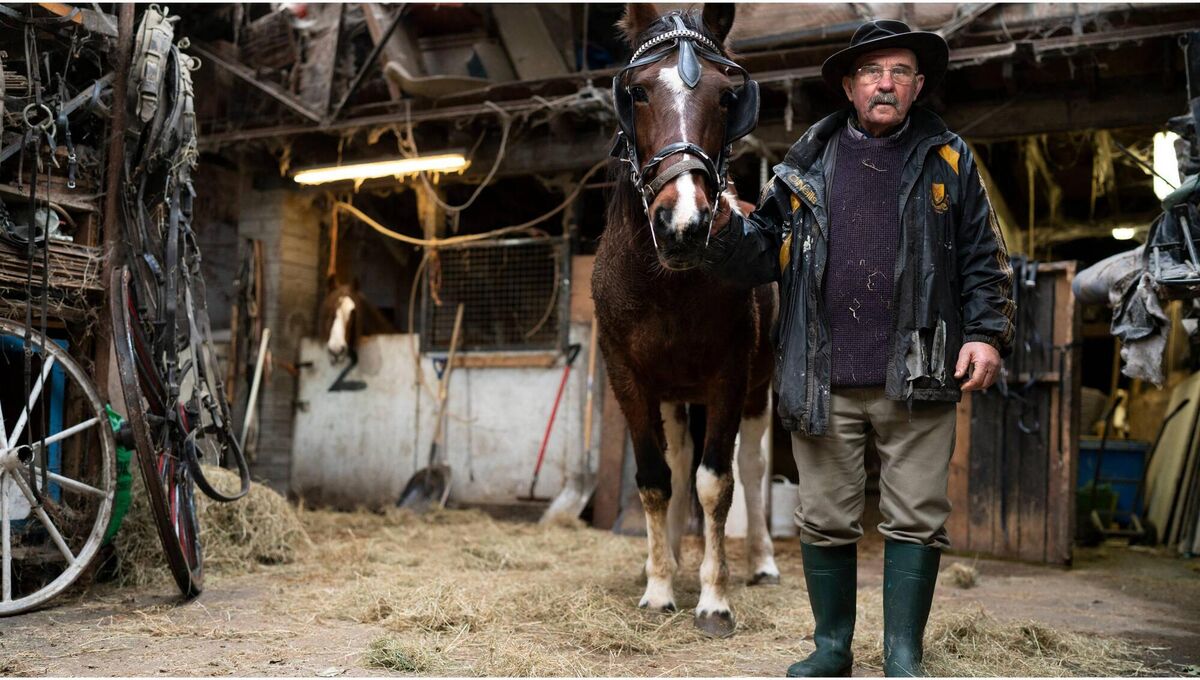
“Most people in Dublin would know Paddy Harris to see from his jarveying around the Guinness brewery and Stephen’s Green. Paddy grew up in Smithfield, home to the famous horse market. His grandfather worked looking after the Guinness horses. It’s what he’s always known.
“I pictured Paddy in his own stable, which is the last one left in Smithfield. It’s a treasure trove of stuff, with cobwebs everywhere. But it’s part of a dying Ireland. Paddy knows they’ll be building on the site before long.
“Paddy has run eight or nine marathons for charity. His big thing is, he was born around horses, and when he dies, he’s going to be brought to his grave by horses too.”
“Paddy Liam O’Brien is a farmer’s son who left Ireland for London at 16 or 17. When things weren’t working out for him there, he got the boat to Australia. He started off with nothing. But with his experience of shearing sheep in Co Mayo, he jumped onto that line of work. He spent fifteen years in the shearing camps in the outback, 200 miles from the nearest village.
“Paddy’s the man who’s sheared Australia, he’s sheared at least half a million sheep. He’s back in Mayo now. He still keeps a few sheep, and he always will. That image is really all about how you can see the work in his hands.”
“Patrick Kielty is one of the most important voices in bringing the country together in recent times. Everyone knows Patrick’s history, that his father was killed during the Troubles, and he’s tried to deal with that through his comedy.
“It opens up that conversation of, here’s a guy who’s very outspoken about where the country is going now. When you look a little deeper, there’s “Paddy Mulcahy was one of the early Paddies I shot as well. He’s a composer, and he’s signed a deal with Sony Music since I took that photograph. There's an awful lot more to him than performing comedy, and what he’s doing now is very important. So I think it’s a very important image.”
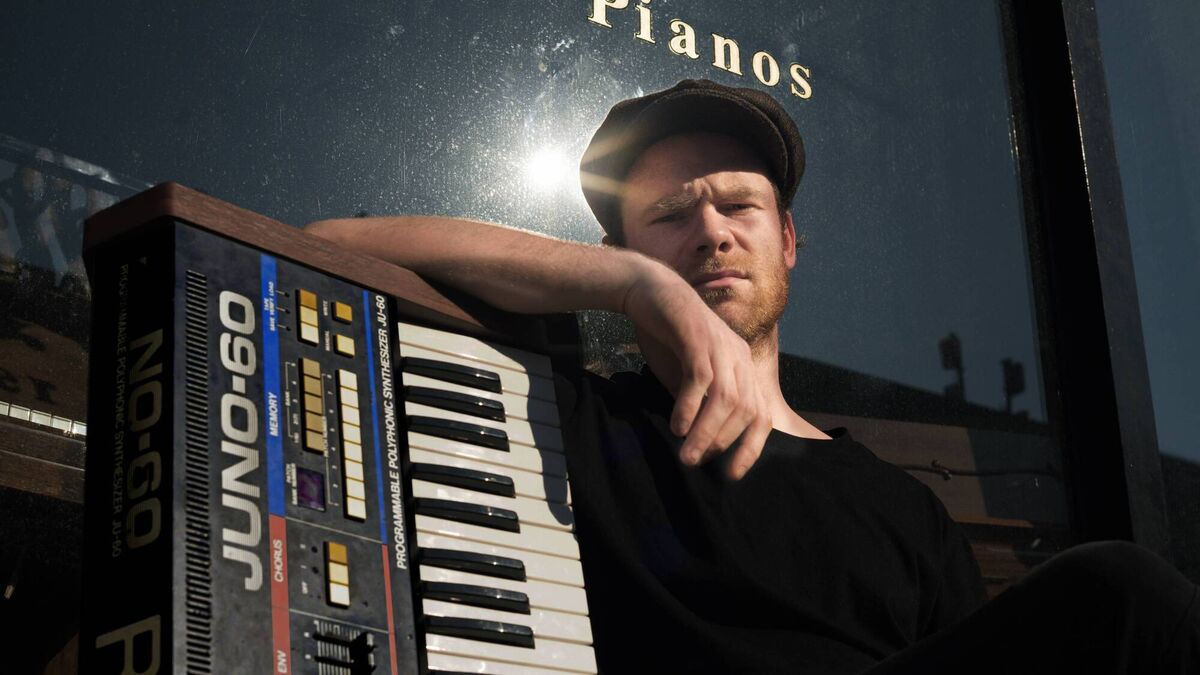
“But he told me a story. As a young musician, he was about to do a deal and sign with a record producer, and the producer basically said he’d have to change his name to Patrick or he wouldn’t be taken seriously. He refused. So here’s a young guy who wouldn’t compromise on his name, and now he’s signed with Sony. He’s got an album out called Angel’s Share, which is doing really well. He’s a massive up-and-coming electronica star, and another story of our future.”
“Paddy Smyth is a real character. He won the Circle, the reality show on Channel 4, in 2019. I took that picture early on, in Temple Bar where he lives. He’s the New Ireland. You know, he says it himself, when you think of Paddy the Irishman you don’t think of a gay celebrity activist.
“I love that image because of how well it captures Paddy; he’s all about Temple Bar, the nightlife, out having the craic. It captures Dublin and also how happy Paddy is with simply being himself.”






